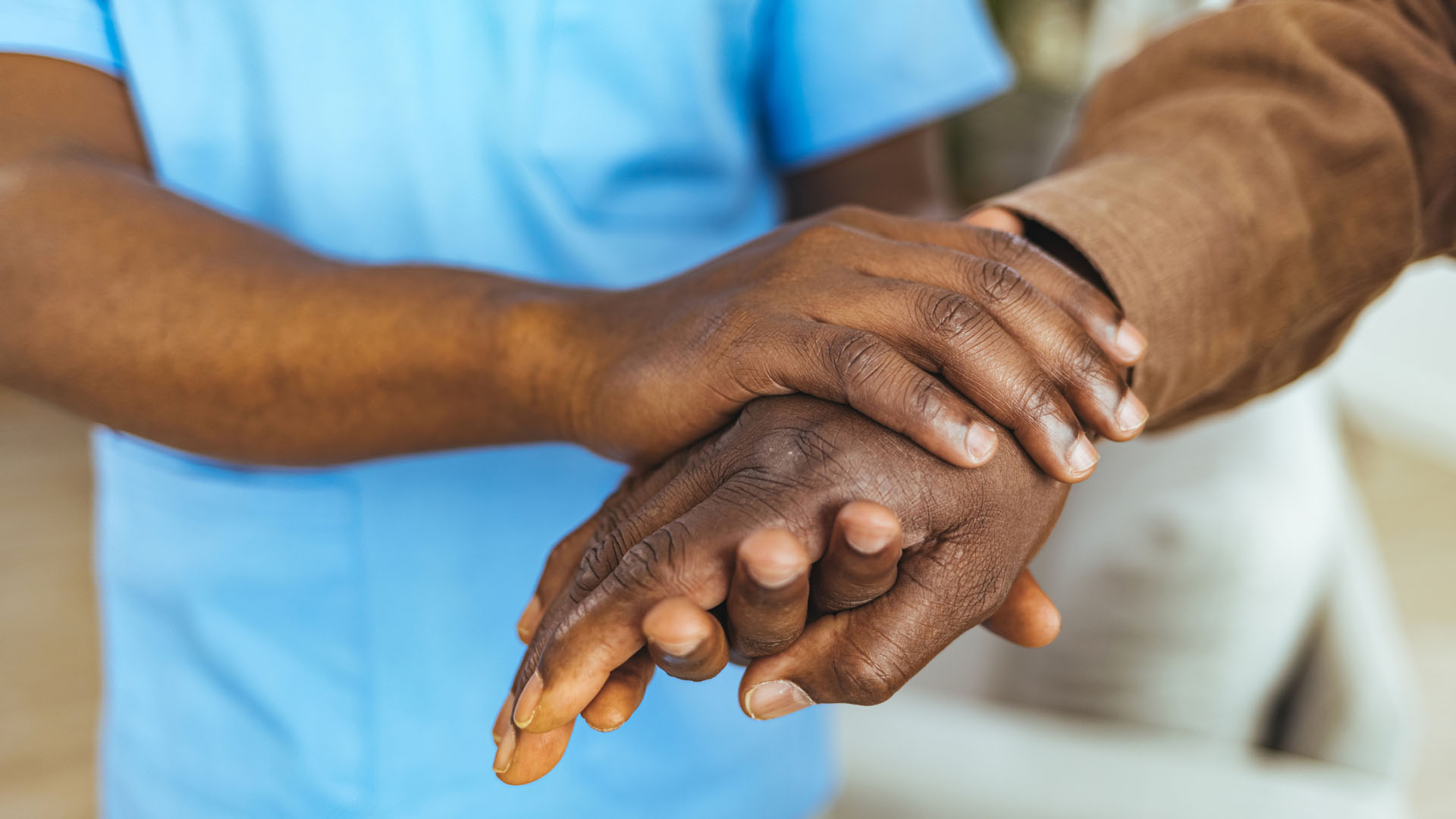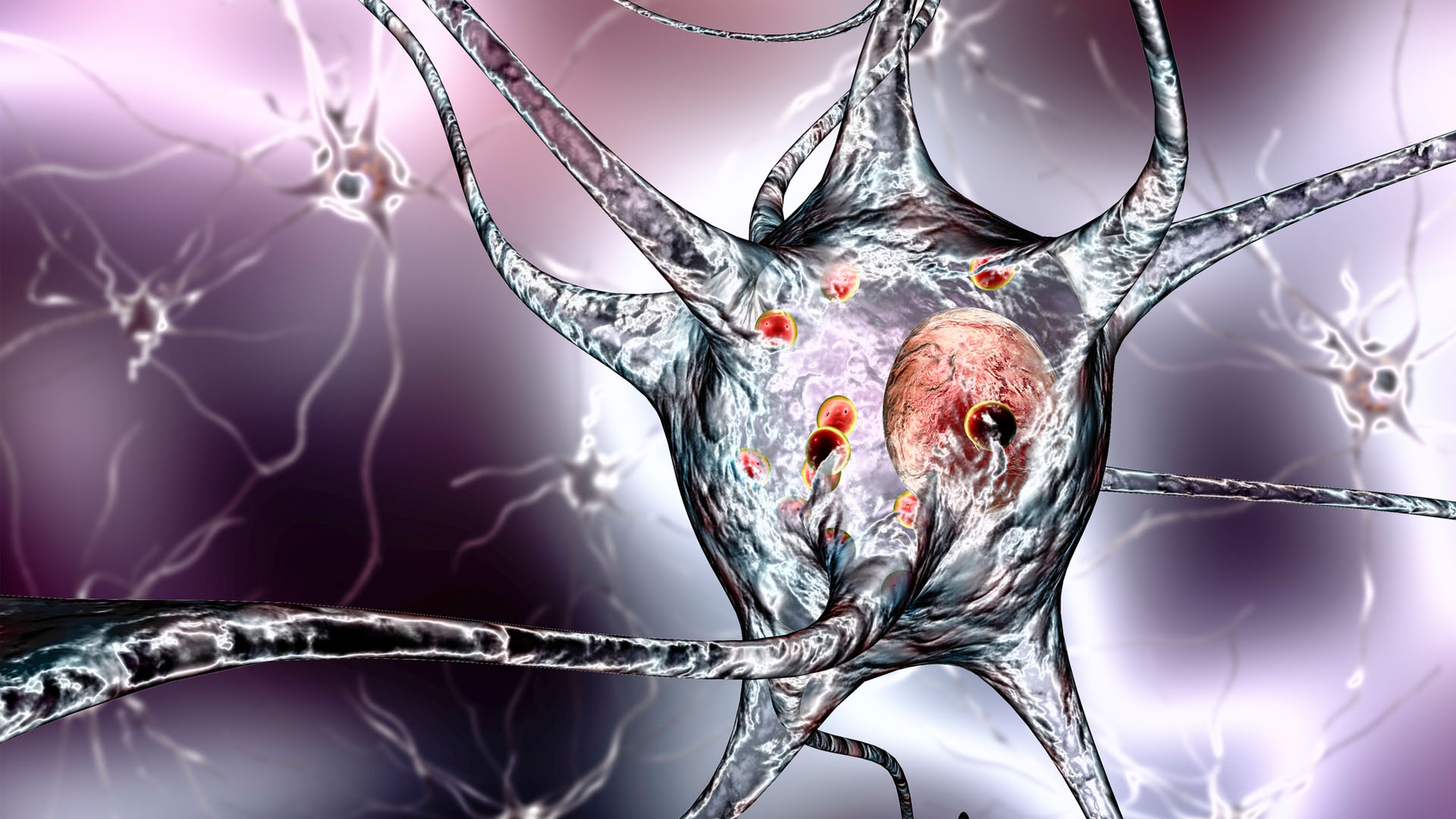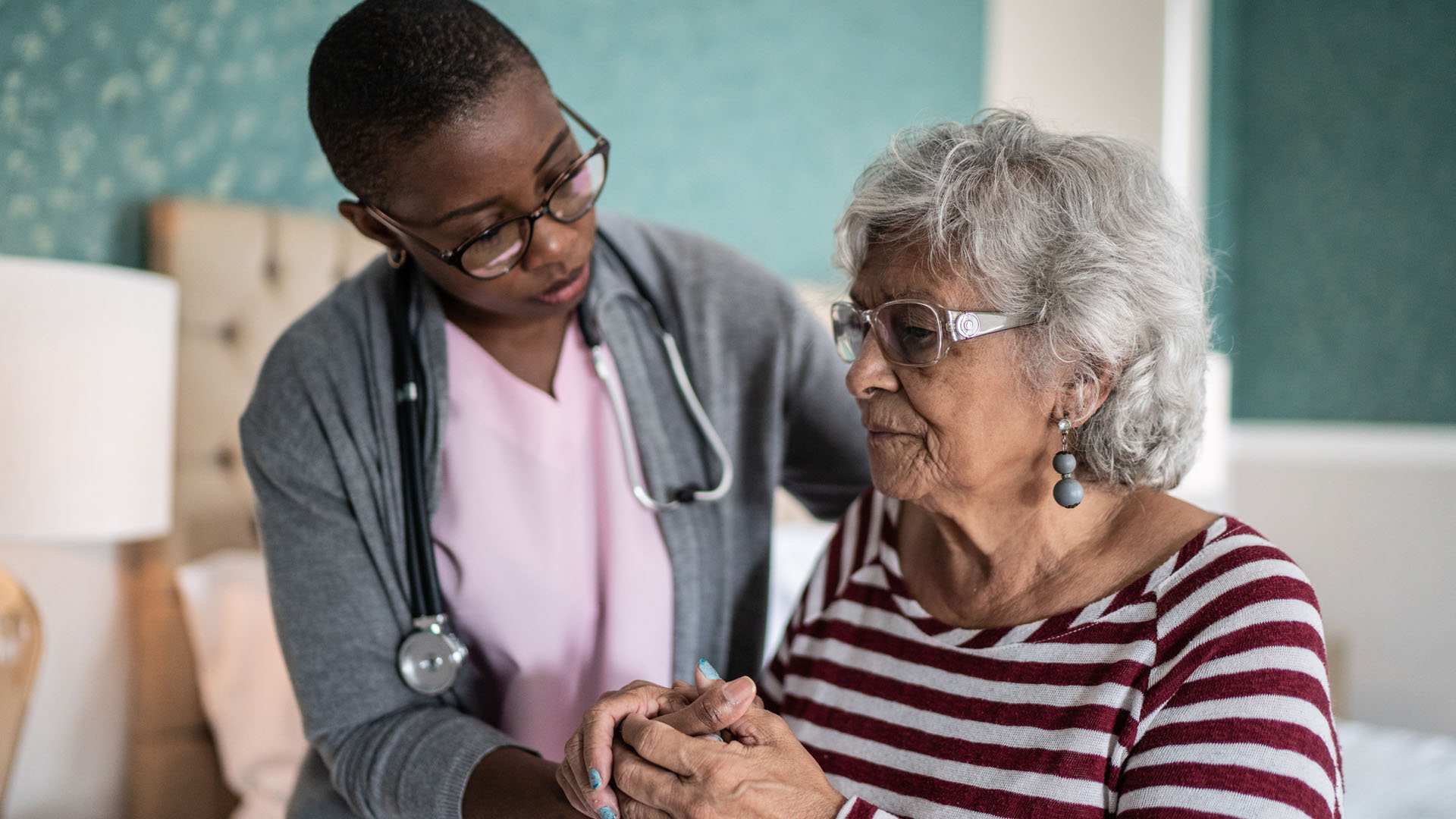Parkinson's disease: Risks, symptoms and treatment
Around 500,000 Americans are currently diagnosed as having Parkinson's disease.

Parkinson's is a neurodegenerative disease that primarily affects the part of the brain responsible for normal movement. A neurodegenerative disease is one that attacks the cells of the central nervous system to the point where they either stop working properly or die altogether. Such disorders generally get progressively worse over time.
The condition is named after James Parkinson who, in his 1817 work "An Essay on the Shaking Palsy", wrote a detailed account of what he referred to as shaking palsy (paralysis agitans). The condition was eventually re-branded Parkinson's by Jean-Martin Charcot, a French neurologist.
"Parkinson's is the most common neurodegenerative movement disorder," said Dario Alessi, a professor of signal transduction and director of the Medical Research Council Protein Phosphorylation and Ubiquitylation Unit at the University of Dundee in Scotland.
Around 500,000 people in the United States are currently diagnosed as having Parkinson's, though according to the National Institute of Neurological Disorders and Stroke (NINDS), as many as one million people could have it. Globally, as many as 10 million people are thought to have Parkinson's, according to the charity Parkinson's Europe.
What are the symptoms of Parkinson's disease?
The main motor symptoms of Parkinson's include tremors and involuntary shaking, bradykinesia (slowness of movement), rigidity, muscle stiffness and gait disturbances, including balance problems, Alessi told Live Science. This is because the primary characteristic of idiopathic Parkinson's disease is that the brain cells in the midbrain that produce dopamine, the chemical that coordinates movement, start to die.
"Other symptoms may include sleep issues, constipation, mood problems, anxiousness and reduced smell," he said.

Dario Alessi is a biochemist at the University of Dundee is Scotland. His research focuses on unravelling the roles of poorly characterised components which regulate protein phosphorylation or ubiquitylation pathways that are linked to human disease. Much of Alessi's current work is focused on understanding LRRK2 and how mutations in this enzyme cause Parkinson’s disease.
What causes Parkinson's Disease?
The definitive cause of Parkinson's is not yet known. This is why it is called idiopathic — arises spontaneously — Alessi said.
"The general belief is that genetic and environmental factors, as well as advancing age, play a role," he said. "In some individuals, changes in several genes are associated with the development of Parkinson's. One example is the LRRK2 genes. As such, individuals carrying certain genetic changes are more likely to develop Parkinson's disease. Curiously, men are 1.5 times more likely than women to develop the condition."
According to Parkinson's Europe, the vast majority of people who are diagnosed with Parkinson's are over the age of 60, though one in 10 is under 50.

Besides age and sex, other risk factors for Parkinson's disease include:
- Heredity: Some genetic mutations may contribute to the development of Parkinson's and can slightly increase a person's risk. But most cases of the disease are not caused by inheriting genes linked to it. Only about 10 percent of people with Parkinson's are genetically predisposed to the condition, according to the American Parkinson Disease Association.
- Exposure to toxins: Studies have shown that environmental factors — such as exposure to pesticides, herbicides (like Agent Orange) and drinking well water — may be tied to an increased risk of Parkinson's, but that risk is relatively small.
- Repeated head injuries: When these injuries trigger a loss of consciousness, they have been linked with an increased risk of Parkinson's.
How is Parkinson's disease diagnosed?
There is no specific test, such as a blood test or MRI, that can be used to diagnose Parkinson's. Instead, the diagnosis is based on a constellation of findings from a thorough examination, said Dr. Danny Bega, a neurologist at Northwestern University Feinberg School of Medicine in Chicago.
Parkinson's shares similarities with a number of other diseases and disorders.
"There are atypical Parkinsonian syndromes including multiple system atrophy, Lewy body dementia and progressive supranuclear palsy that can initially look very much like Parkinson's, but eventually take a different trajectory in terms of rate of progression, additional clinical symptomatology, responsiveness to symptomatic therapies, and potentially underlying neuropathology," Alessi said.
Parkinson's typically develops slowly over time, making it hard to detect in the early stages of the disease. In addition, the progression of symptoms and their intensity can vary from one person to another.
Diagnosis may partially come from identifying symptoms during a physical exam, such as stiffness and slow movement, Bega said. Because this disease can be tricky to diagnose, it's best for patients to work with a neurologist or movement-disorder specialist who sees these problems daily, he said.
Can you treat Parkinson's disease?
Many medications are available to treat the symptoms of Parkinson's disease, but none of them can slow the disease's progression, said Bega.
There are a number of different medications that can help with alleviating motor symptoms as well as non-motor symptoms. In general, the most effective treatment for motor symptoms is dopamine cell replacement transplantation, which involves "injecting new dopamine producing neurons into the part of the brain to replace the dead or dying neurons," according to the Cure Parkinson's Trust.
"Many patients initially have a good response to medication but, as the disease progresses, symptoms become more complex and may have more of an impact on someone's daily life," Alessi said. "We are now better at managing the advanced stages of Parkinson's, but this does not take away from the fact that we need interventions that slow or stop the progression of the disease."
Studies have suggested that being physically active may slow the progression of Parkinson's symptoms. Bega said he encourages regular exercise — stationary biking, swimming, strength training or doing tai chi — to improve mobility, balance and mood for people with the disease.

Knowledge around the underlying biology of Parkinson's has increased exponentially in recent years.
"There are some very exciting new targets that are being explored in the clinic," Alessi said.
Parkinson's research involves the protein alpha-synuclein. In autopsies, many brain cells of people who'd had Parkinson's disease have been found to contain Lewy bodies, which are unusual clumps of alpha-synuclein.
These clumps of protein in the brain are the pathological hallmark for Parkinson's and may be one reason the brain is not working properly in those with the condition, Bega said. If researchers can prevent the protein from clumping into Lewy bodies, by either clearing them out or stopping their spread within brain cells, then that may lead to a method of stopping the disease's progression, said the Michael J. Fox Foundation for Parkinson's Research.
Such treatment could ultimately slow — or even halt entirely — Parkinson's. "Our hope is that in the next five to 10 years the first medications are approved that, for the first time, will slow the progress of Parkinson's," Alessi said. "This would represent a landmark in medicine if it could be achieved."
Additional resources:
- Learn more about Parkinson's disease from the Mayo Clinic.
- Read what the National Institute of Aging has to say about Parkinson's disease.
- Learn more about research on Lewy bodies from the National Institute on Aging.
This article is for informational purposes only, and is not meant to offer medical advice.
Sign up for the Live Science daily newsletter now
Get the world’s most fascinating discoveries delivered straight to your inbox.
Cari Nierenberg has been writing about health and wellness topics for online news outlets and print publications for more than two decades. Her work has been published by Live Science, The Washington Post, WebMD, Scientific American, among others. She has a Bachelor of Science degree in nutrition from Cornell University and a Master of Science degree in Nutrition and Communication from Boston University.
Flu: Facts about seasonal influenza and bird flu
What is hantavirus? The rare but deadly respiratory illness spread by rodents










